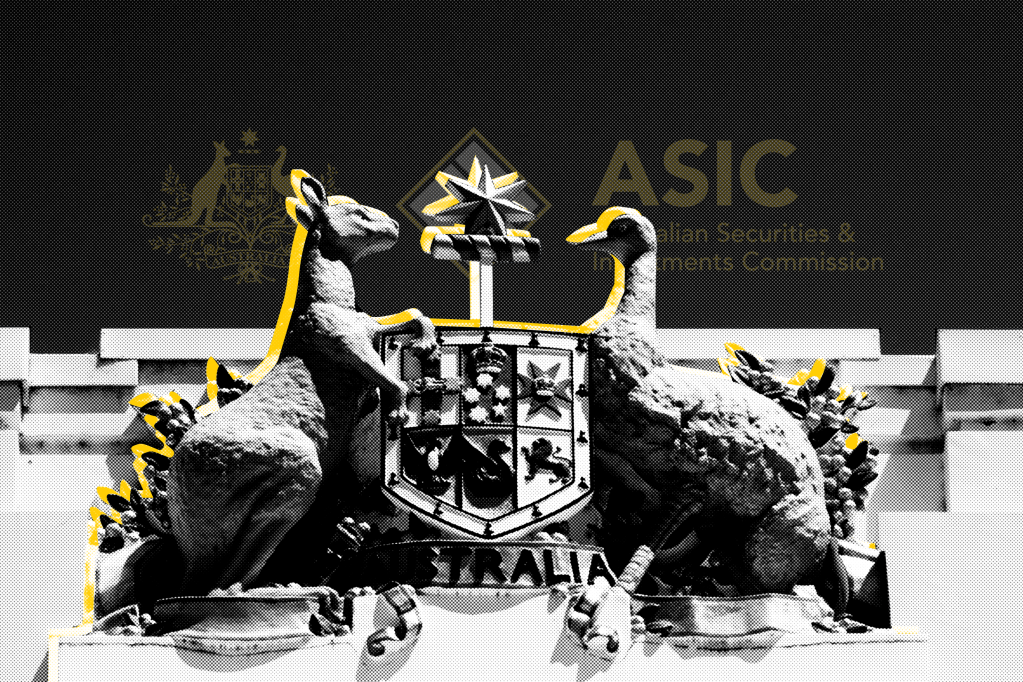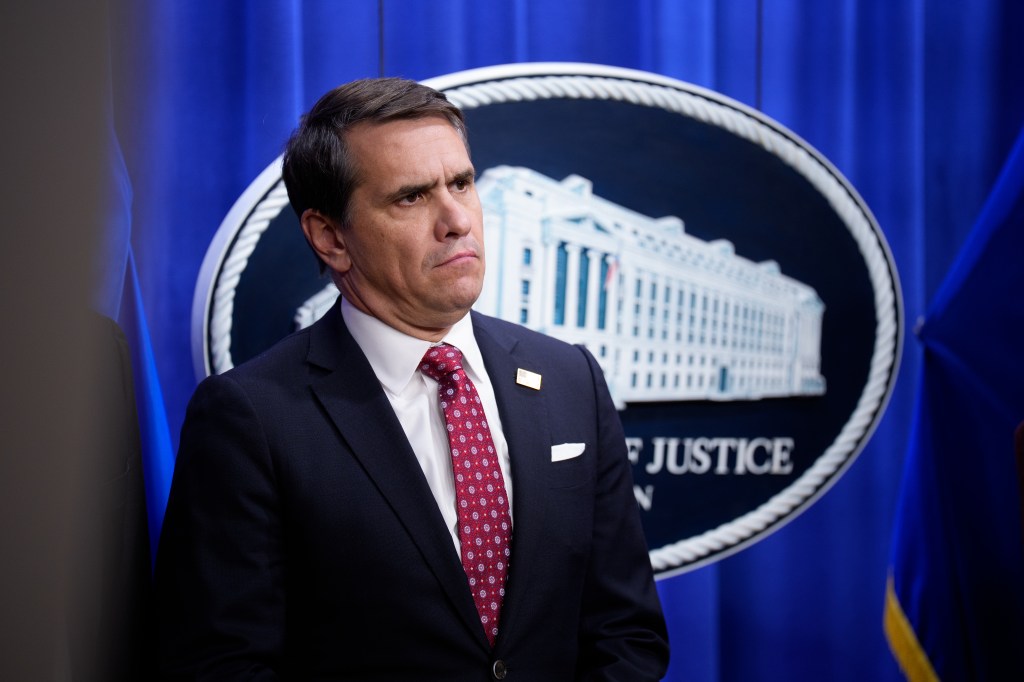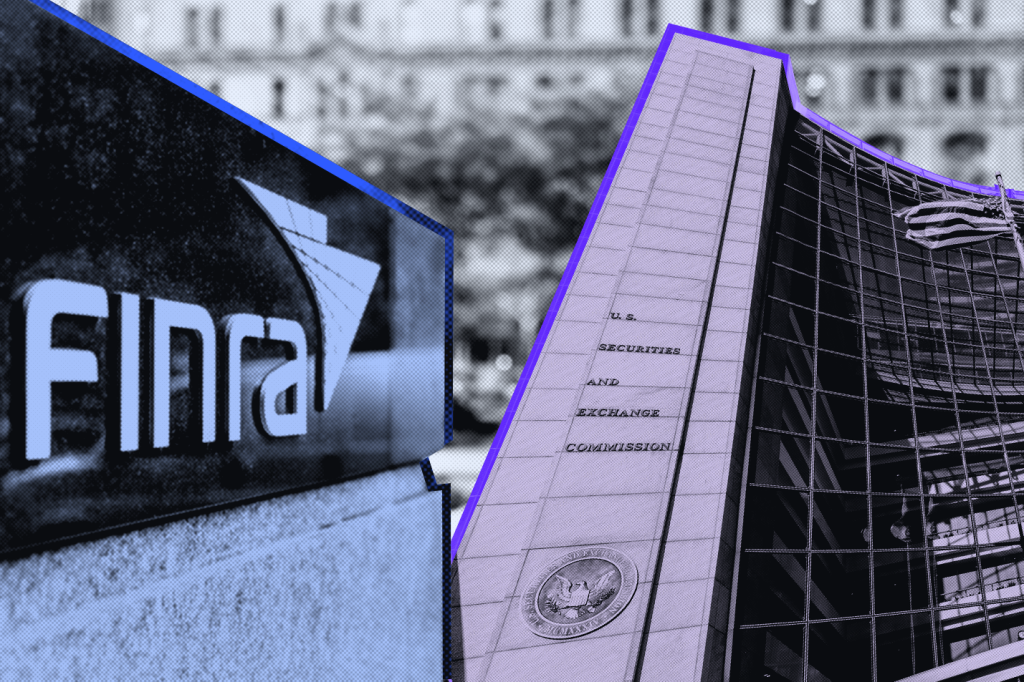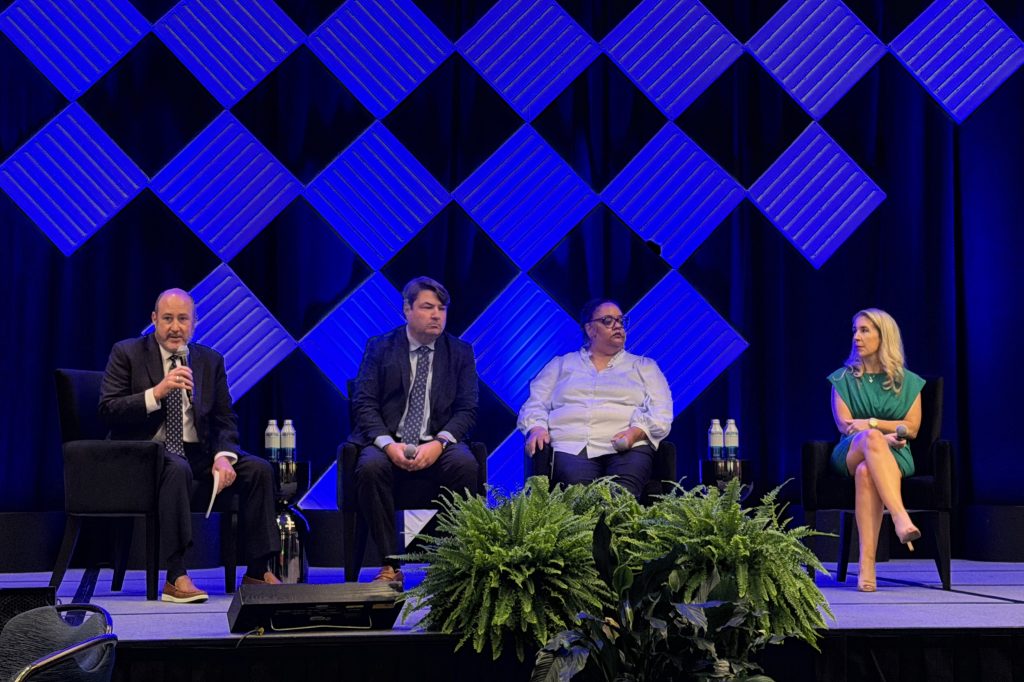At the National Society of Compliance Professionals (NSCP) annual meeting, three former senior officials of the US SEC offered a rare inside view of how the agency is adjusting to a new political era.
Their discussion made clear that continuity remains the hallmark of the SEC’s daily work, even as leadership changes, enforcement priorities are recalibrated, and the agency’s rulemaking ambitions are rewritten. Beneath the surface of bureaucratic stability lies a reordering of how the SEC manages limited resources, communicates its agenda, and approaches both registrants and the markets it polices.
Changes in SEC leadership
Leadership transitions within the SEC are frequent, but the Division of Examinations tends to move more slowly than the rest of the agency. The division is usually the last to experience a change in its director during a new administration.
Staff members, many with tenures of 10 to 20 years, continue their work largely uninterrupted even as Washington’s leadership shifts. Regional offices operate like semi-autonomous hubs under the umbrella of the national office, pursuing their mandates with only modest adjustment to tone or emphasis.
Continuity, however, does not mean uniformity.
Each chair leaves an imprint through enforcement rhetoric and thematic focus. Under Gary Gensler, for instance, the staff were brought closer to policy discussions, with line examiners and enforcement lawyers invited to brief the chair’s office directly on private fund regulation. That degree of engagement, though controversial, was described as energizing inside the building.
By contrast, the interim period under Acting Chair Uyeda and now Chair Atkins is defined by restraint. The emphasis has shifted from rapid rulemaking and expansion of oversight to a return to what Atkins calls the “original meaning” of examination and enforcement, focused on core misconduct rather than systemic overhaul.
Enforcement trends
The enforcement division mirrors that recalibration. In tone, it has grown less aggressive but more selective.
The most visible shift has been the voluntary dismissal of several pending cases, an event without precedent in the agency’s modern history. Many of these involved crypto matters, but other sectors have seen cases quietly dropped as well.
This new caution reflects both a reassessment of litigation risk and a recognition that political support for wide-ranging enforcement has weakened.
A second change is institutional. The SEC has lost an estimated 16% of its staff, disproportionately senior lawyers and mid-level managers who carried much of the agency’s institutional memory.
This thinning of ranks has narrowed enforcement’s focus to areas that yield clear evidence and tangible investor harm.
The departure of these officials, often through buyouts rather than dismissals, has forced firms and regulators alike to rebuild working relationships from scratch. The SEC historically prided itself on having a 4% turnover rate and average tenures exceeding 15 years; the contrast today is stark.
This thinning of ranks has narrowed enforcement’s focus to areas that yield clear evidence and tangible investor harm. The agency’s current “core trio” of priorities consists of custody, complex fee structures, and marketing.
Custody cases typically involve audit failures, missing surprise exams, or funds held outside qualified custodians. Fee and expense cases delve into delayed offsets, interest retained by advisers, or opaque management-fee calculations.
Marketing cases are increasingly concerned with exaggerated or false claims of artificial intelligence use, or blanket statements such as “we have no conflicts,” which are often disproved elsewhere in disclosures.
A related trend is the agency’s reliance on data analytics. Tools like Palantir and internally built trading-relationship models are being used to identify suspicious patterns in insider trading and market manipulation.
These technologies have existed since 2017, but the current administration has directed staff to integrate AI-driven analytics more fully into examination and enforcement workflows, in line with a government-wide mandate to use technology to detect fraud.
Rulemaking updates
Rulemaking under the new leadership is best described as selective pruning rather than expansion. Any Gensler-era proposal not formally adopted is considered dormant. Only rules with bipartisan backing are moving forward.
Among these, the updated Regulation S-P, covering privacy and incident-response requirements, is expected to take effect in December. It received unanimous support from commissioners across party lines, suggesting it will survive intact despite the government shutdown that delayed other measures.
By contrast, the long-awaited anti–money-laundering rule for investment advisers remains in limbo. Originally slated for implementation in January, it has been delayed for another year because the companion Know Your Customer rule is still under development.
The combined framework, if implemented in 2027, will require advisers to adopt AML programs akin to those of broker-dealers.
Form PF amendments, requiring detailed disaggregation of private funds and expanded reporting on trading vehicles, have been repeatedly postponed. Although formally on the books, their future is uncertain. Republican commissioners have signaled that they prefer to withdraw or rewrite these amendments entirely.
The current regulatory agenda remains ambitious in appearance but modest in intent.
It lists custody, crypto assets, books and records, and the reutilization of private funds among its topics. However, insiders caution that this agenda functions more as a marker of interest than a detailed roadmap.
Even simplifying existing rules requires the same administrative process as creating new ones: a proposal, a cost–benefit analysis, public comment, and final adoption. Deregulation, therefore, will move slowly and may yield unexpected results, as past “simplifications” such as the marketing rule demonstrated.
A parallel shift is taking place in data policy. Since the cybersecurity breaches during the Clayton era, the SEC has grown reluctant to collect large volumes of personally identifiable information.
The new leadership is reducing data intake and extending compliance deadlines for rules requiring sensitive submissions. This reversal reflects a cautious balance between transparency and security.
Exam priorities
The setting of exam priorities is a constant cycle. Planning for one year begins almost immediately after the previous list is published, requiring multiple layers of review by the General Counsel’s Office and the chair’s staff.
Although the 2026 list has been delayed by administrative disruptions, the underlying themes remain visible.
Expect continued attention to private funds and their growing exposure to retail investors, with special scrutiny of liquidity management, valuation, and conflicts of interest.
Custody and recordkeeping issues persist as perennial risks.
The marketing rule remains a live area, particularly regarding substantiation of performance claims and disclosure of conflicts. Custody and recordkeeping issues persist as perennial risks.
Emerging on the horizon is artificial intelligence. The staff anticipates both genuine oversight of AI-based trading and compliance systems, and scrutiny of firms that exaggerate their AI capabilities in marketing materials.
The SEC is likely to frame its approach within existing fiduciary and disclosure obligations rather than by crafting a standalone AI rule.
As one panelist observed, the absence of a topic from the priority list does not mean the staff has forgotten it. Regional offices retain discretion to pursue issues that align with broader enforcement goals, and staff are adept at shaping language in examination reports to ensure their referrals resonate with the chair’s stated interests.
Preparation for exams
Preparation remains the best defense against regulatory disruption. Former officials emphasized that it should be embedded in the annual compliance review rather than treated as a crisis exercise.
Firms are advised to conduct mock interviews, rehearse who will speak to which issues, and prepare a clear “opening-day deck” that outlines the firm’s structure, risk profile, and compliance narrative.
Equally important is transparency.
When issues are discovered, firms should remediate and document corrective actions before examiners find them. Bringing problems forward voluntarily, with a credible remediation plan, can make a critical difference. Examiners distinguish between firms that acknowledge deficiencies and those that conceal them.
Documentation must also align across internal and external statements. Marketing materials, Form ADV disclosures, and limited partnership agreements should describe fee structures and conflicts consistently.
Examiners, once specialized only in certain areas, now receive cross-training that allows them to analyze complex fund mechanics, custody pathways, and valuation models independently. With a reduced workforce, staff are concentrating their attention on these high-risk areas, which yield both investor impact and enforcement potential.
CCO and board liability
The current enforcement leadership shows little appetite for broad punitive actions against compliance officers, yet individual liability remains possible in cases involving deliberate misconduct.
Backdating documents, falsifying responses during an exam, or ignoring known violations can still lead to charges.
The safest strategy is meticulous documentation. Compliance officers should maintain logs of identified violations and resolutions, minutes from compliance committee meetings, training records, and correspondence showing escalation to senior management or the board.
These artifacts provide tangible evidence of good-faith compliance efforts.
Boards themselves are facing closer scrutiny. Examiners increasingly test whether directors have provided adequate oversight, reviewing how issues were reported, discussed, and resourced. Firms that claim strong governance without corresponding records risk being viewed as negligent.
Future outlook
The next major market disruption will determine the SEC’s direction. Two areas dominate the agency’s field of vision: private credit and crypto. Both combine retail exposure with opaque risks.
Private credit markets, where institutional funds are packaging loans for retail channels, could test the SEC’s commitment to investor protection. Crypto, despite the dismissal of several enforcement cases, remains fraught with custody, valuation, and disclosure challenges.
If history is a guide, the agency’s response will blend caution with precision. Instead of sweeping new rulebooks, expect targeted amendments and interpretive guidance. The SEC is likely to continue relying on its growing analytic capacity to identify patterns in trading, valuation, and marketing.
As one panelist told the NSCP audience, the agency is entering an era of “simpler rules but stricter focus.” The volume of regulation may shrink, but the scrutiny will not.
In practice, that means fewer excuses for firms that fail to document what they do, explain how they do it, and prove that their compliance programs are not just written, but lived.

















